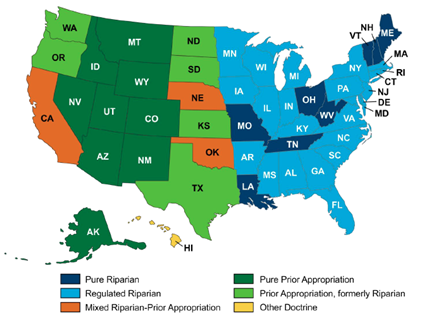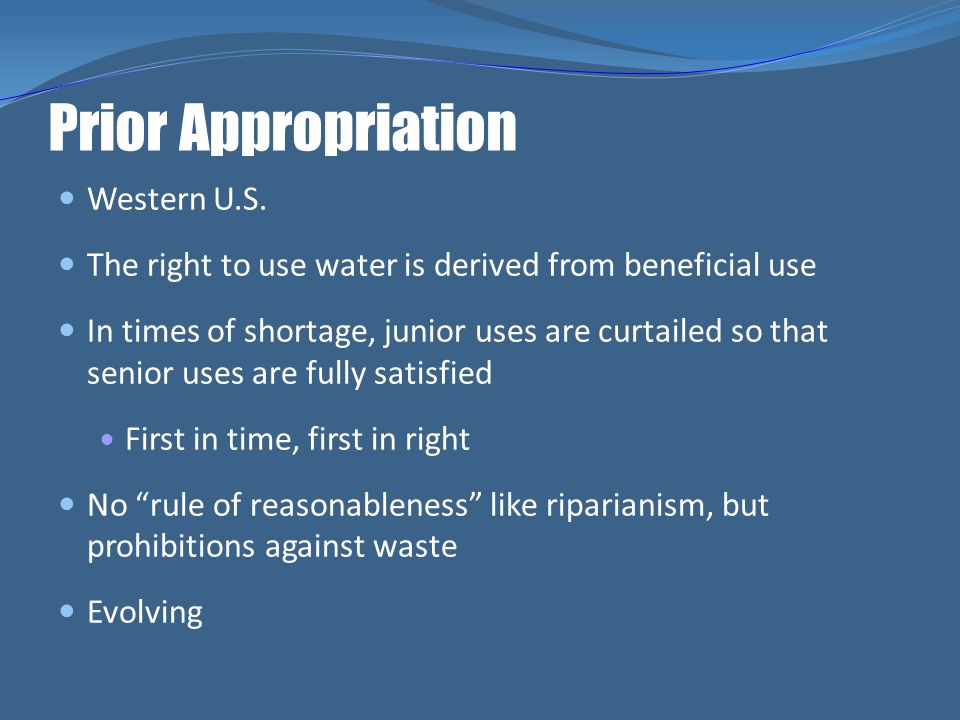Although water is one of our most plentiful resources, there is often not the right quantity of the right quality of water in the right place at the right time to satisfy demand. Consequently, there is keen competition among water users, including agriculture, municipalities, industry, recreational users, and conservationists. Do I Have Water Rights on My Property?
To find out:
- Review property deeds & titles
- Investigate historical water use
- Assess local H2O laws & regulations
- Consult legal experts for guidance
- Identify surface & groundwater sources
- Understand riparian/appropriation rights
- Consider environmental & economic factors
- Proactively protect & manage H2O rights
Most eastern states recognize riparian rights. Most western states either never recognized riparian rights or no longer do so. California and Oklahoma are the only western states that continue to recognize riparian rights. The California Legislature has enacted very few laws regarding riparian rights. For explanations of your circumstances read this article for Water Rights that are all determined by your location and law in the states read on.
Introduction:
Water rights refer to the legal entitlements of individuals or entities to use water from natural sources, such as rivers, lakes, or aquifers. These rights govern the allocation, distribution, and management of water resources, ensuring sustainable usage and preventing overexploitation. They may be based on principles of riparian rights (ownership of land adjacent to water bodies), prior appropriation (first in time, first in right), or groundwater ownership. Understanding water rights is crucial for property owners, farmers, industries, and governments to navigate complex regulatory frameworks, manage water usage responsibly, and resolve disputes over access and allocation of this essential resource.
Factors Affecting Water Rights

Factors affecting water rights include geographical location, water availability, environmental concerns, competition for resources, and legal regulations. In regions with limited water supplies, such as arid areas or during droughts, stricter regulations may be imposed to manage usage.
Environmental considerations, such as the protection of ecosystems and endangered species habitats, can influence allocation decisions. Competition among various stakeholders, including agricultural, industrial, and municipal users, can lead to conflicts over water access and usage priorities. Understanding and navigating these factors are essential for ensuring equitable and sustainable management of water resources.
References:





